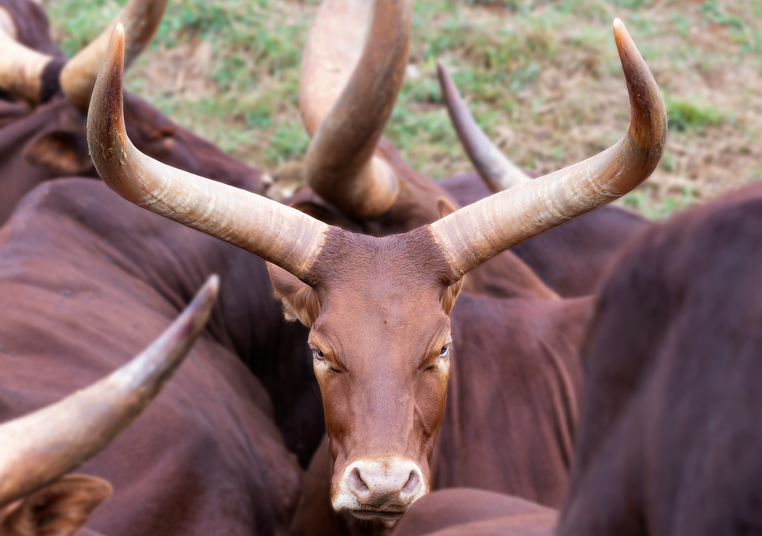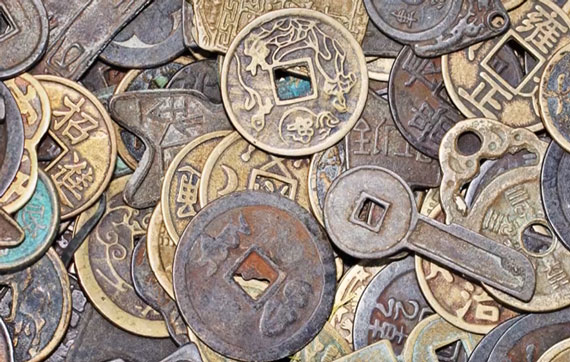From cows to parmesan, discover some of the forms money has taken through time.
Contactless, Apple Pay and online shopping have revolutionised our spending habits in only two decades. But the history of money stretches much further. How we pay for things, and even the concept of paying, have developed over 11,000 years.
What did people do before money?
We’ve all had moments wishing money didn’t exist but most people would probably prefer it to the alternative. Before it was invented, humans relied on swapping goods and services, known as bartering.You could for example trade berries for fish. But how do you decide how many berries to swap for a fish? And what if it’s not the right season for berries, but you still want fish?
People would solve such issues by using complex accounting and payment systems. They used many different objects in transactions, such as precious metals or other commodities, recorded by weight. The result was a complex web of agreements.
The value of a good was decided by how widely it was available, how versatile it was or by its aesthetics.
Moo(la)
The concept of money first emerged about 9000 years BC – but not quite as we know it today. When humans domesticated cows, they soon became units of exchange. The same applied to other livestock such as sheep and camels.
In some parts of the world, cows are still being used as a form of payment. In South Sudan, which has been in a civil war since 2013, cows are currency. The population uses cows for any large purchase such as buying a house or when the groom has to pay his bride’s father a dowry.

‘And that will be ten seashells, cheers’
Seashells, especially cowry shells, were a common form of payment in large parts of Asia, Africa, Oceania and some places in Europe. The earliest use of cowry shells as currency was documented in China 1300 years BC.Simplified representations of cowry shells are still part of characters for words such as ‘money’, ‘coin’, ‘buy’ and ‘value’ in written Chinese.
The first coins...
Let’s stick with cowries for a bit. They are thought to have been a predecessor to the first coins. Around 1000 years BC, Chinese people created imitations of cowry shells from bronze and copper. They also created miniature metal tools such as knives and spades. These early forms of money developed into primitive round coins made from base metals.In the ancient kingdom of Lydia, today part of Turkey, people created the first precious metal coins from a mixture of silver and gold around year 700 BC. They had design on one side, while the other was marked with simple punches. Coinage soon spread to Greece, Persia, Macedonia and later the Roman empires.

… and then, the first banknotes
China was the first country to use banknotes around the 7th century. Another 600 years would pass until they became common, when the ruling Ming family tried to replace coins with paper money completely. But by doing so, the state issued too many banknotes, causing hyperinflation and rendering the money worthless.
In Europe, Sweden was the first country to issue banknotes in 1661. Around the same time, goldsmiths, which were effectively the first bankers in the UK, started giving receipts for gold coins that were deposited with them. The receipts were known as ‘running cash notes’ and carried a promise to pay the ‘bearer’ on demand. A similar phrase still appears on our banknotes today: ‘I promise to pay the bearer on demand the sum of…’.
The Bank of England was created in 1694 and started issuing notes in return for the deposits.
Parmesan
Parmesan has been used for financial operations since the Middle Ages in Italy. Some banks even accept it as collateral for loans to help finance cheese makers. Each wheel of parmesan, weighting 36 kilos, is worth about €300 and is marked with a serial number.Credito Emiliano, a bank in the Emilia Romagna region, holds about 430,000 wheels of parmesan, which are reportedly worth around €190 million. The master cheese tester rotates the wheels several times a week and inspects them by tapping each cheese with a small metal hammer. Not the worst occupation.
Money transfer, plastic cards and online sales
Western Union invented the first international money transfer service, and thereby effectively e-money, when it started offering customers to send money via telegram in 1860.About eight decades later, John Biggins launched the first credit card, known as a ‘Charg-It’ card.
And in 1994, the first online purchase happened when 21-year old entrepreneur Dan Kohn sold Sting’s Ten Summoner’s Tales album to a friend.
Today, card payments are more common than cash in the UK. Seven in ten people bank online. And for every five pounds we spend, nearly one is spent online.
